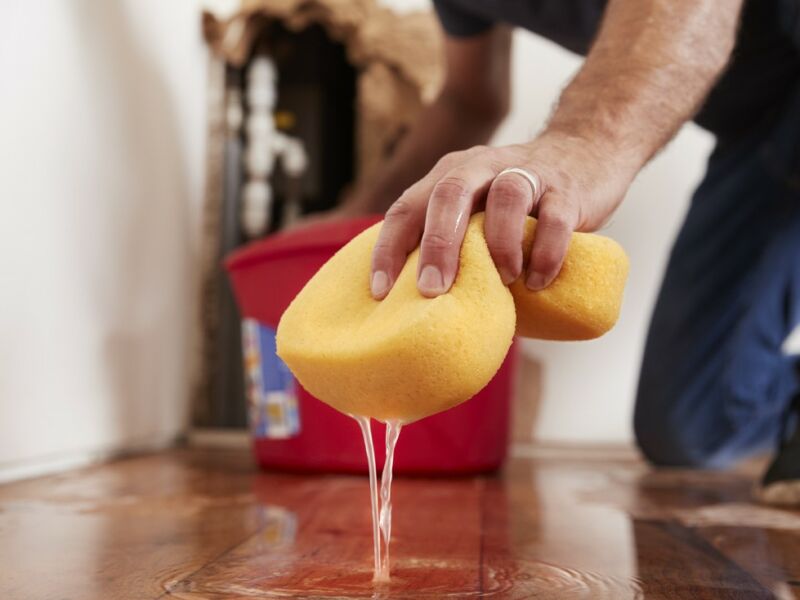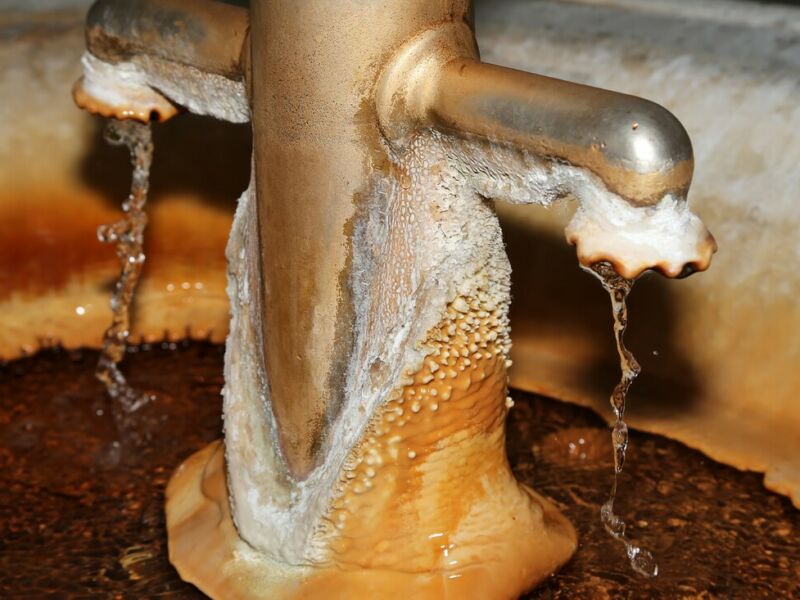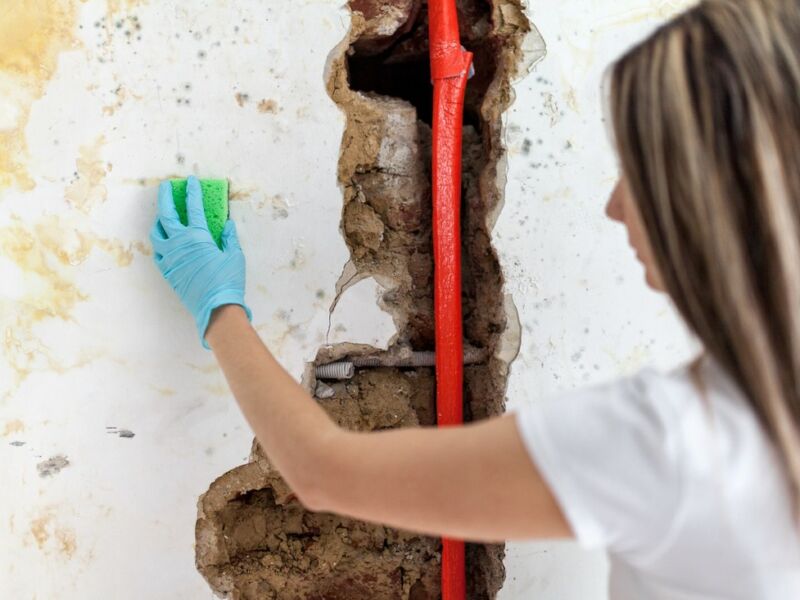
Introduction
Pipes are an essential part of any plumbing system, but they can be prone to various issues that can cause inconvenience and damage. Understanding common pipe issues is crucial for homeowners and business owners to ensure the smooth functioning of their plumbing systems. In this article, we will explore several common pipe issues, their causes, and how to address them effectively.
Burst Pipes
A burst pipe is a plumbing emergency that can cause significant water damage to a property. This issue is commonly caused by freezing temperatures, excessive water pressure, or aging pipes. When a pipe bursts, it is essential to turn off the water supply immediately and call a professional plumber for repair. Swift action can help minimize water damage and prevent further complications.
Leaking Pipes
Leaking pipes can lead to water wastage, mold growth, and structural damage if left unaddressed. Common causes of leaking pipes include corrosion, physical damage, and loose connections. To fix a leaking pipe, it is necessary to locate the source of the leak and apply proper repairs, such as tightening fittings, replacing washers, or patching holes. If the leak is extensive or challenging to locate, it is advisable to seek professional assistance.

Pipe Clogs
Clogged pipes can result in slow drains, backups, and unpleasant odors. Various factors can contribute to pipe clogs, including the accumulation of debris, grease, or mineral deposits. Homeowners can address minor clogs using plunger or chemical drain cleaners. However, for recurring or stubborn clogs, it is recommended to consult a professional plumber who can employ specialized tools and techniques to clear the pipes effectively.
Corroded Pipes
Corrosion is a common issue in aging plumbing systems, especially in areas with harsh water conditions. Corroded pipes can lead to leaks, reduced water pressure, and water discoloration. Depending on the severity of the corrosion, affected pipes may need to be replaced entirely or patched using appropriate materials. Regular inspections and maintenance can help detect corrosion early and prevent extensive damage.
Pipe Joint Leaks
Pipe joint leaks occur at the connections between pipe sections. Factors such as poor installation, loose fittings, or temperature changes can contribute to joint leaks. To fix a pipe joint leak, it is necessary to tighten the fittings, apply sealant or tape to create a watertight seal, or replace damaged components. If the leak persists or worsens, professional intervention may be required to ensure a proper and long-lasting repair.
Conclusion
Being aware of common pipe issues and their respective solutions is crucial for maintaining a functional plumbing system. While some minor pipe issues can be addressed independently, it is advisable to seek professional assistance for complex or emergency situations to ensure safety and prevent further damage. By addressing pipe issues promptly, homeowners and business owners can protect their properties, conserve water, and maintain the overall efficiency of their plumbing systems.

What should I do if a pipe bursts?
How can I fix a leaking pipe?
Sources:
- What To Do When You Find A Broken Pipe (Or Burst Pipe)
- What a Texas Plumber Faces Now: A State Full of Burst Pipes
- Deep freeze breaks pipes, creates water crisis across South
- All About Broken Pipes
- Residents deal with plumbing issues, broken pipes
- I Have a Broken Water Pipe in My Home. What Do I Do Now?



